Planting Tips: What to Plant After Tree Removal
The Ultimate Guide: What to Plant After Tree Removal
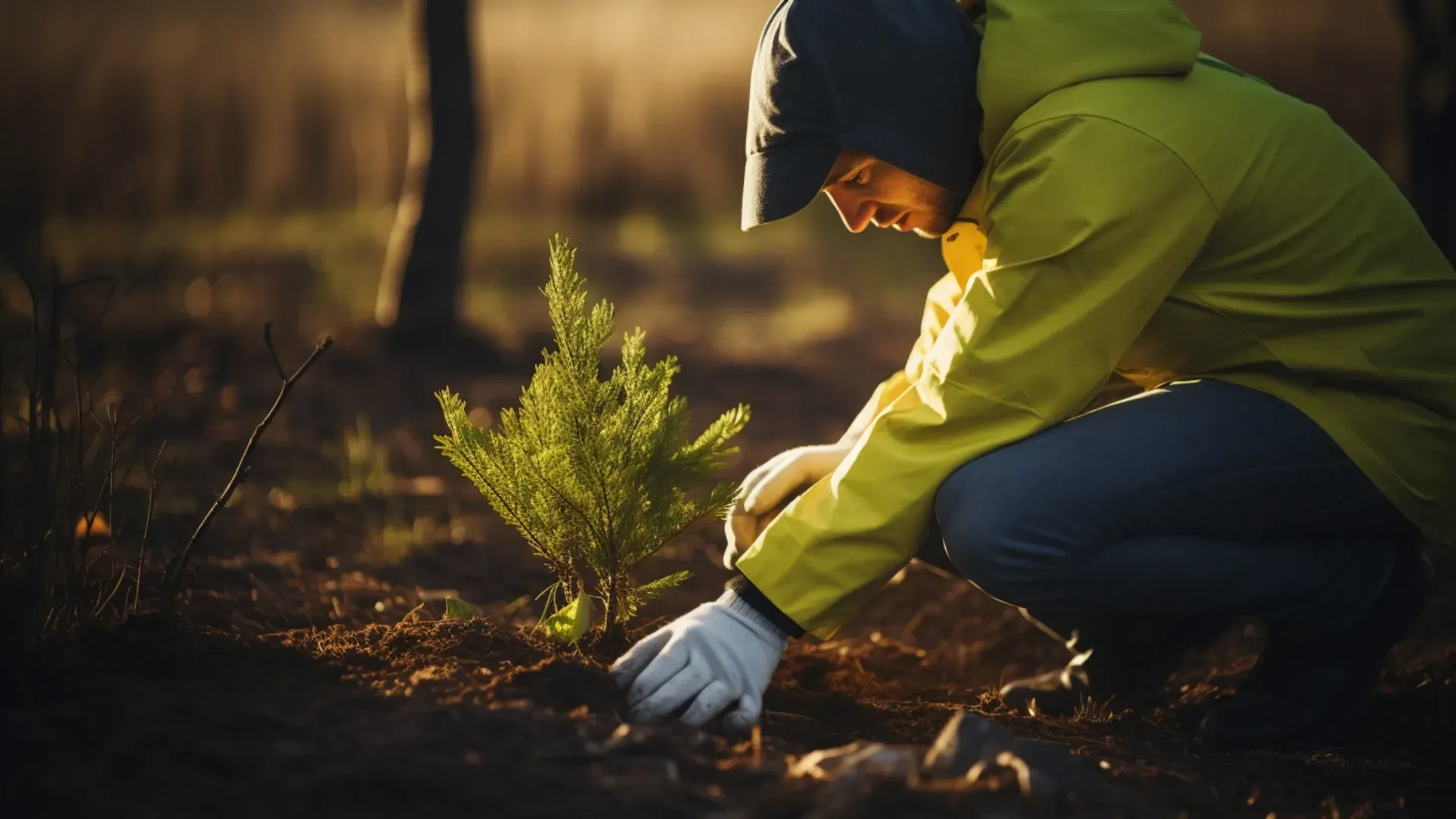
What to plant after tree removal involves considering factors like soil type, climate, and available space. Choosing suitable replacements, such as native plants or trees compatible with the area's conditions, guarantees successful growth. In addition, planting smaller-sized trees or shrubs prevents overcrowding and helps healthy growth. Evaluating the landscape's needs and consulting local nurseries or arborists for guidance further enhances the performance of post-tree removal planting. Remember, selection and decisive planting are key to restoring the landscape's aesthetics and ecological balance after tree removal.
Understanding the Post-Tree Removal Landscape
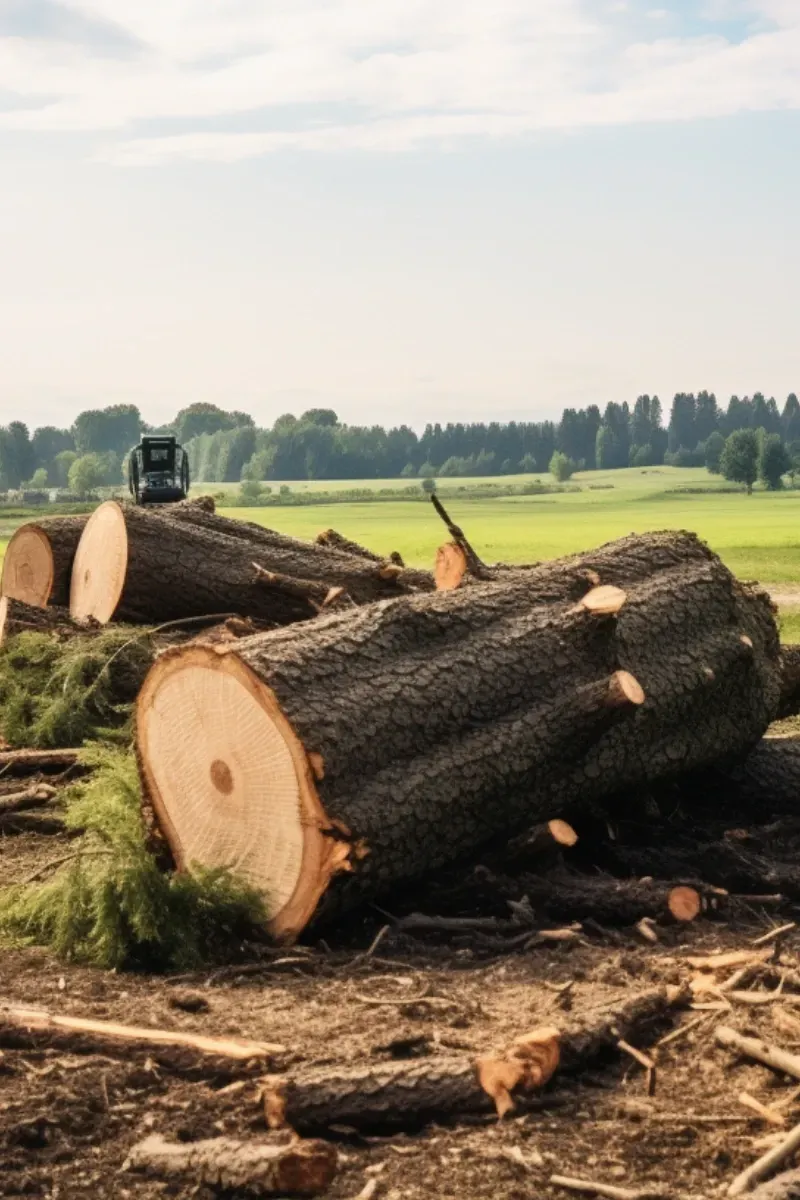
Understanding the post-tree removal landscape requires assessment. Strategic planning for new plantings or features restores visual attractiveness and ecological balance. Choosing compatible plants aids regrowth. Filling the space helps the environment adjust smoothly after removing the trees, keeping everything in balance.
Impact of Tree Removal on Landscape
Removing a tree has far-reaching effects beyond changing how things look. It deeply changes the environment, affecting the soil composition, light exposure, and the ecosystem balance of surrounding vegetation.
Effects on Soil, Light, and Surrounding Vegetation
Taking out a tree upsets the balance in the area. The soil changes in nutrients and structure, and the way light reaches the area shifts, too. These alterations affect how nearby plants and organisms grow and stay healthy, highlighting the need for a cautious approach when replanting.
Importance of Assessing Post-Removal Conditions for Replanting
Before initiating replanting efforts, assessing the land after removing the tree is crucial. Knowing how the soil and light have changed is the key. This evaluation helps decide which plants will work best and where, ensuring a successful and healthy return of vegetation.
Factors Influencing Plant Selection
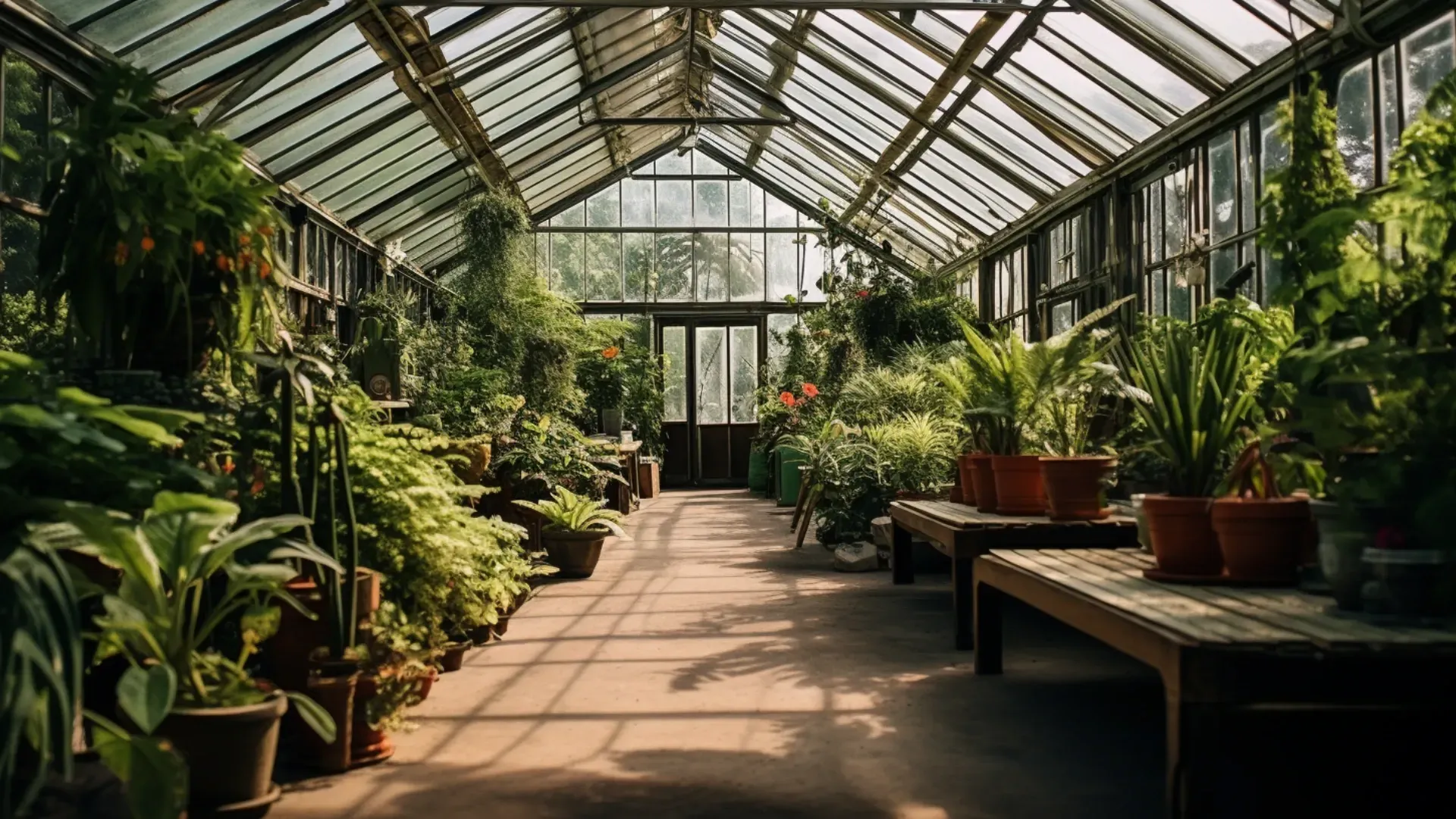
Factors that influence plant selection include several conditions. Compatibility with the environment and available space is critical. Understanding these factors aids in choosing suitable plants. Native plants or those adaptable to the area thrive best. Evaluating these elements guides optimal plant selection for a healthy and flourishing landscape.
Soil Conditions and Type
The soil's characteristics are important in determining plant success post-tree removal.
Understanding Soil Quality and Its Impact on Plant Growth
When the soil changes, it affects how plants grow. Things like nutrients, pH (how acidic or basic the soil is), and texture can make a big difference in how healthy plants are. It's necessary to check these things to pick plants that can handle the new soil.
Selecting Plants Suitable for Specific Soil Types
Tailoring plant choices to suit
soil types ensures better adaptation and growth. Plants thriving in the soil's specific drainage and texture contribute to a healthier, resilient landscape.
Light Exposure and Microclimates
Variations in light patterns post-tree removal significantly influence plant selection.
Considering Sunlight and Shade Variations for Plant Selection
Adapting plant choices to new light patterns is vital for sustained growth. Understanding the duration, intensity, and variations in sunlight or shade aids in selecting plants suitable for specific light conditions.
Adapting Plant Choices to Microclimates within the Landscape
Recognizing microclimates' impact on plant health helps in primary plant selection. Different areas within the landscape may have distinct climates, requiring careful plant choices to enhance their resilience.
Environmental Considerations
Environmental factors are crucial determinants in post-tree removal plant selection.
Addressing Local Climate and Weather Conditions
Opting for plants well-adapted to the local climate secures their ability to thrive. Considering typical weather patterns and seasonal changes aids in selecting resilient types suited to the region.
Considering Drought Resistance or Tolerance to Extreme Weather
Integrating plants resistant to drought or capable of tolerating extreme weather conditions ensures sustainable growth. Selecting types resilient to harsh environmental factors contributes to a strong landscape.
Plant Options and Considerations
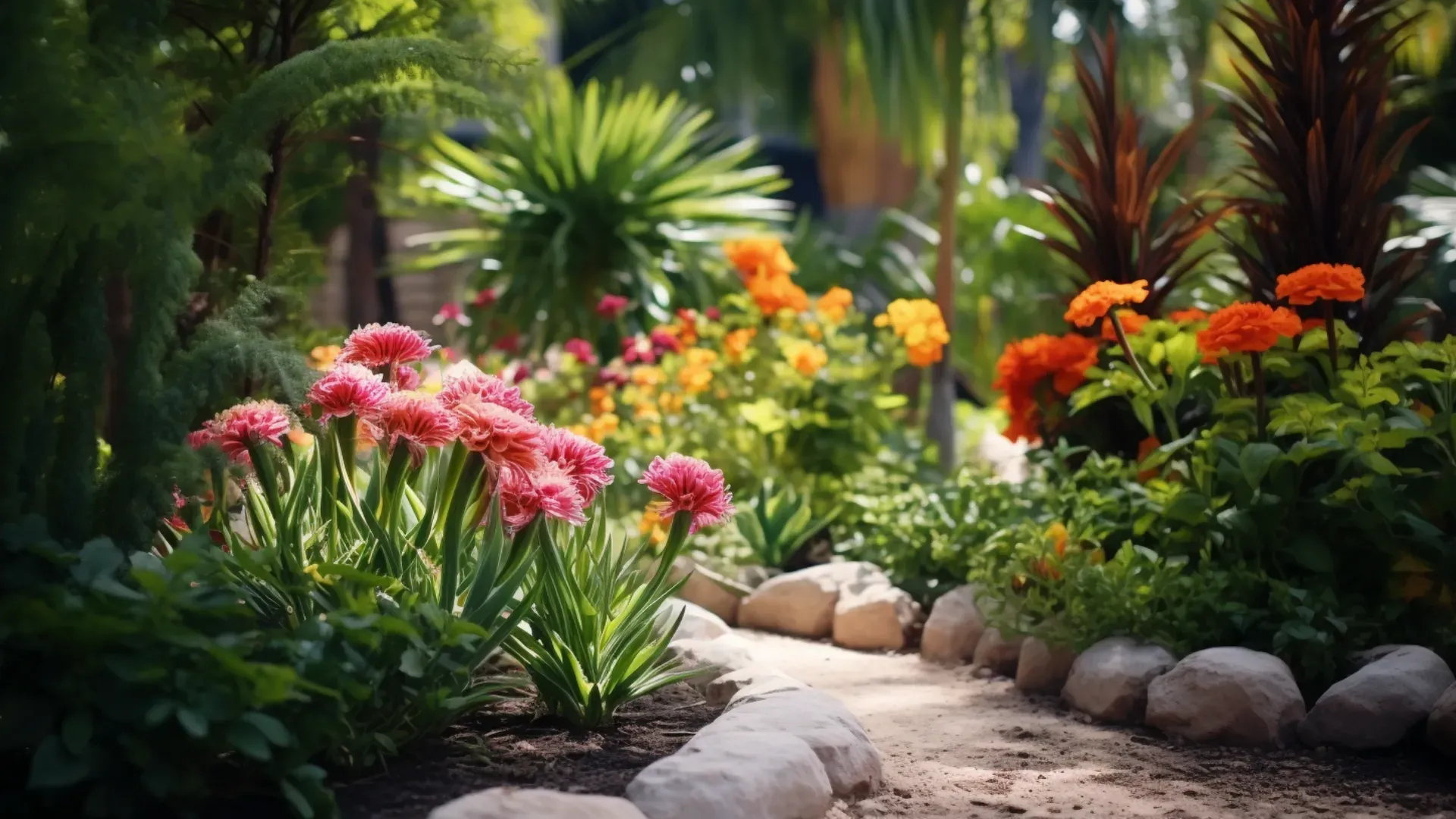
Selecting suitable trees after removal is important for restoring the landscape. Evaluating growth potential, root systems, and seasonal changes aids informed choices. Different growth rates offer varied benefits; fast growers cover quickly but demand more maintenance, while slow growers ensure enduring stability. Shrubs contribute to aesthetics and functionality, offering visual interest and ecosystem support. Their selection, considering factors like flowering seasons and adaptability, bolsters the landscape's resilience after tree removal.
Trees for Replacement
Choosing the suitable trees post-removal is critical for landscape restoration.
Selecting Suitable Tree Variety
Evaluating growth potential and purpose is essential for making informed tree choices. Considering factors like size, root system, and seasonal changes guides appropriate tree selection, ensuring a harmonious and functional landscape.
Fast-Growing vs. Slow-Growing Trees
Understanding the benefits of different growth rates aids in landscape planning. Fast-growing trees offer quick coverage but might require more maintenance, while slow-growing trees provide lasting structural stability.
Shrubs and Bushes
Utilizing shrubs contributes significantly to the post-removal landscape's aesthetics and functionality.
Utilizing Shrubs for Landscaping
Shrubs serve aesthetic and functional purposes, providing visual interest, creating boundaries, and contributing to the ecosystem's health by offering habitats for birds and insects.
Factors Influencing Selection
Qualities such as flowering seasons, evergreen characteristics, and adaptability to varying soil and light conditions impact shrub selection. Choosing shrubs based on their ability to thrive post-tree removal enhances the landscape's resilience.
Perennials and Ground Covers
Incorporating perennials adds diversity and sustainability to the landscape.
Incorporating Perennials for Ground Cover
Perennials offer long-term coverage while adding aesthetic value to the landscape. Their ability to thrive year after year makes them an excellent choice for maintaining soil health and preventing erosion.
Benefits of Using Ground Covers
Ground covers are important in erosion control by stabilizing soil and minimizing runoff. Additionally, they contribute to soil health by enhancing moisture retention and preventing weed growth, promoting a healthy ecosystem.
Vegetation for Specific Purposes
Planting with specific goals in mind adds functionality to the ecosystem.
Wildlife Attraction or Ecological Restoration
Selecting plants that restore ecosystems or attract wildlife contributes to biodiversity. Choosing natural plants supporting local wildlife enhances the ecological balance and fosters a thriving environment.
Utilizing Edible Plants or Herbs
Incorporating functional plants adds utility to the landscape. Edible plants or herbs offer practical benefits and contribute to a multi-purpose landscape, providing food resources and adding diversity to the ecosystem.
Planning and Implementing Replanting
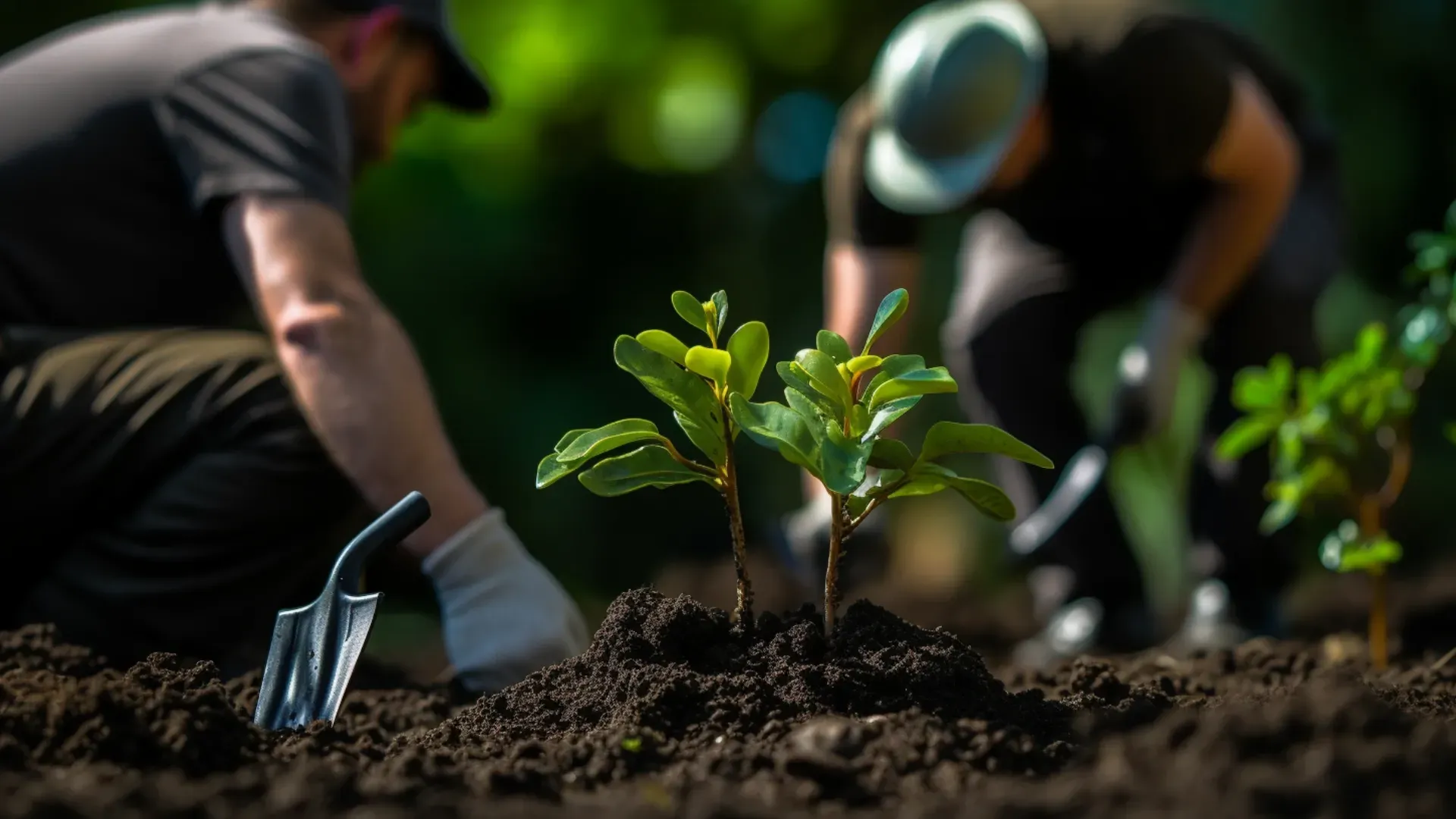
Strategic plant placement is the key to a balanced landscape design. Arranging plants optimizes functionality and style. Considering growth patterns and class interaction enhances the ecosystem. Diverse plant selections, including trees, shrubs, and ground covers, promote biodiversity and soil health. Caring for newly planted vegetation involves routines like watering, mulching, and pruning for successful establishment. Ongoing maintenance, including monitoring, weed control, and fertilization, sustains the replanted landscape's health and vitality
Landscape Design and Layout
Carefully positioning plants is necessary for a balanced and functional landscape.
Strategizing Plant Placement
The arrangement of plants enhances the aesthetics and optimizes functionality. Factors like elegance, growth patterns, and interaction between plant classes contribute to a visually pleasing and ecologically sound landscape.
Creating a Balanced Landscape
Diversity in plant selection is the cornerstone of a harmonious ecosystem. Incorporating a variety of plants—trees, shrubs, perennials, and ground covers—supports biodiversity, promotes soil health, and fosters resilience against environmental stressors.
Maintenance and Care
Caring for newly planted vegetation is fundamental for their establishment and sustained growth.
Establishing Care Routines
Implementing proper care routines, including watering, mulching, and periodic pruning, aids in successfully establishing newly planted vegetation. Providing adequate support during the initial growth stages is essential for their long-term health.
Importance of Ongoing Maintenance
Consistent maintenance practices are vital for healthy growth post-planting. Regular monitoring, weed control, fertilization, and pest management contribute to the overall health and vitality of the replanted landscape, ensuring its long-term success.
Nature's Rebirth: What to Plant After Tree Removal
What to plant after tree removal? Restoring the landscape post-tree removal is more than an aesthetic endeavor; it's an ecological commitment. Replanting efforts rejuvenate the style and reinstate the balance within the ecosystem. The significance lies in recreating a habitat that supports diverse flora and fauna and sustains the ecological functions the trees once provided.
Encouragement for Consistent Replanting
The journey of replanting after tree removal should be purposeful and conscientious. It's an opportunity to curate a landscape that thrives sustainably. Embracing environmentally conscious replanting choices aligns with preserving biodiversity and ecological stability. Each plant introduced plays a part in sustaining local ecosystems, contributing to cleaner air, better soil health, and a more vibrant environment. Replanting isn't just about today—it's an investment in the future, creating a balance between nature and where we live.
To learn more about our services, feel free to explore our blog named "The Ultimate Guide to Professional Tree Removal Services"
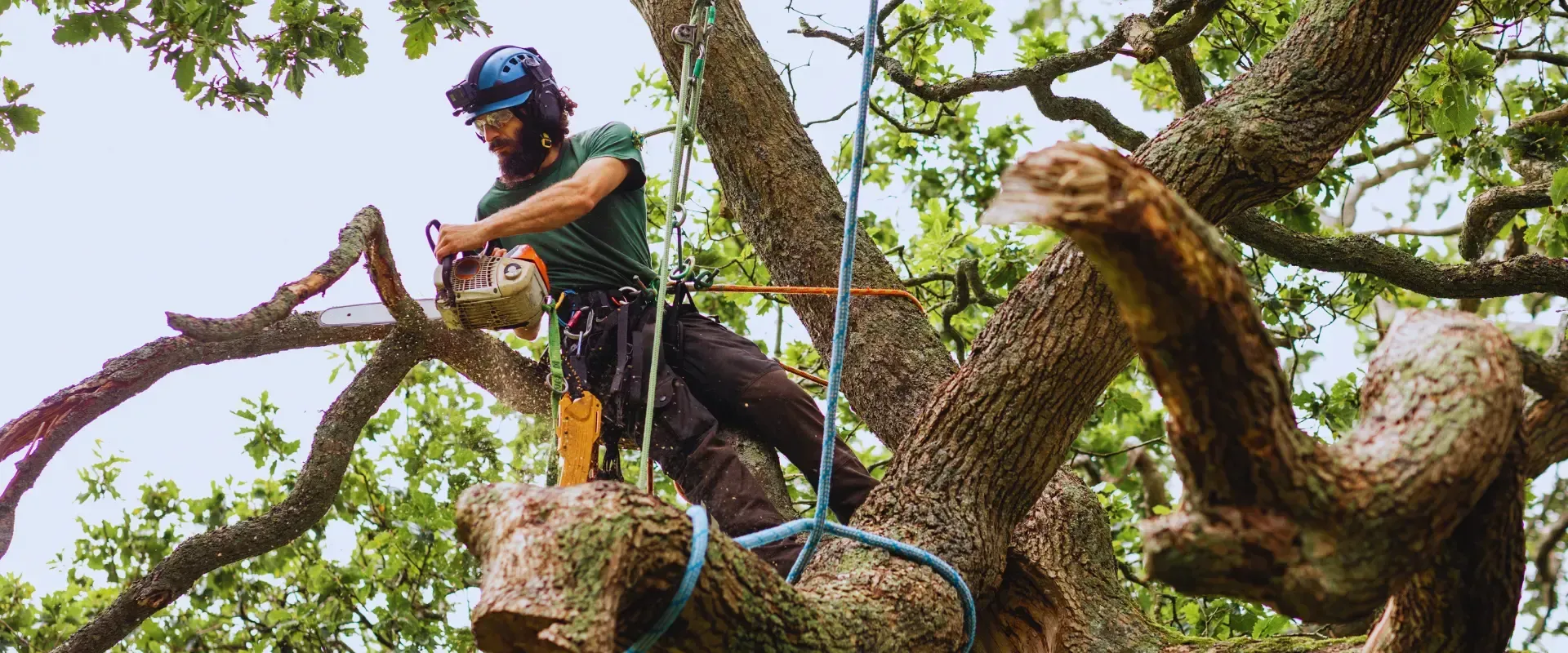
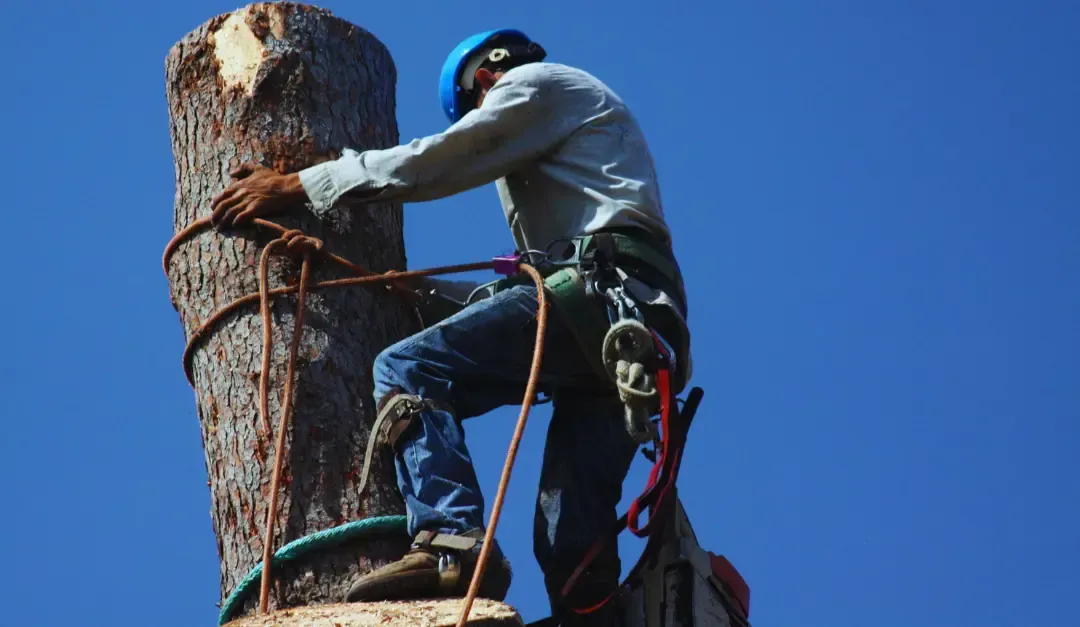
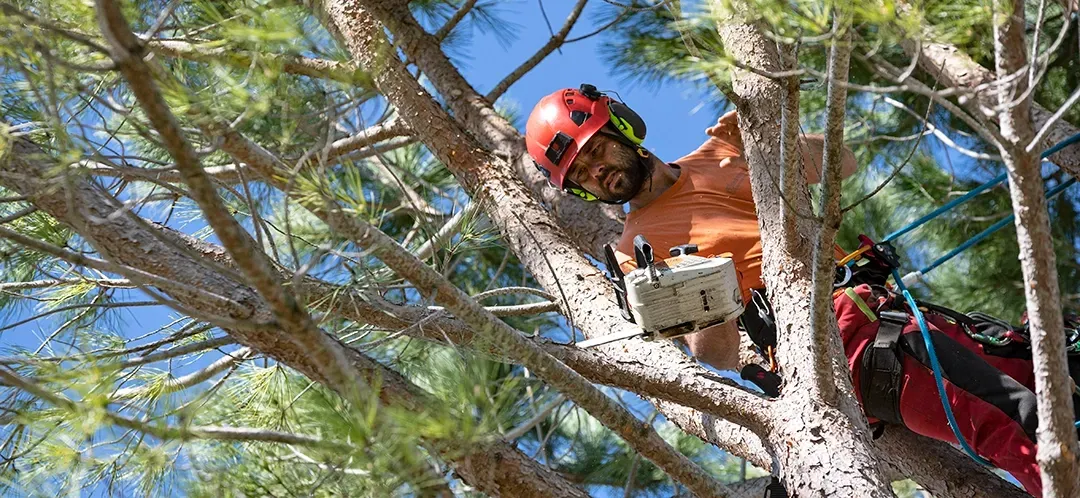
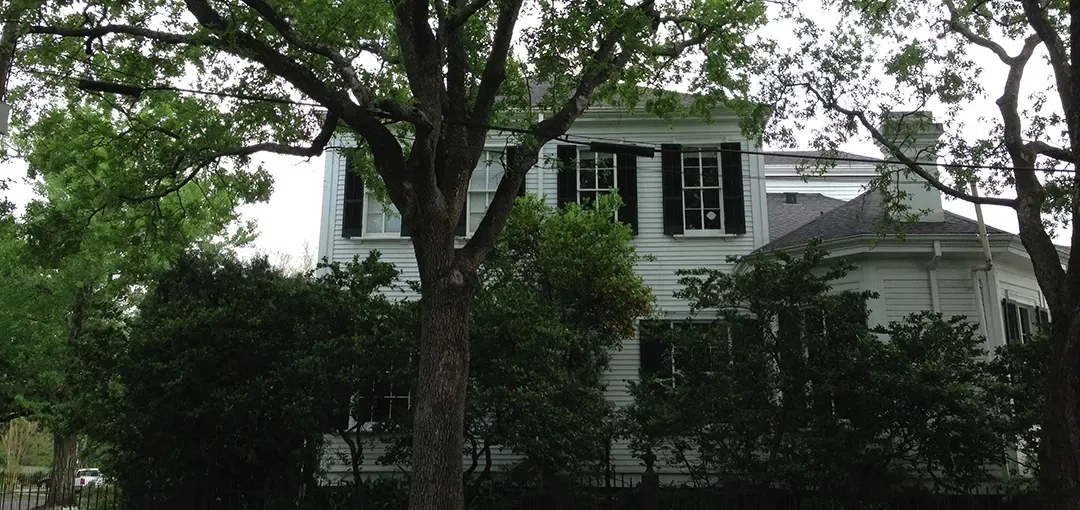
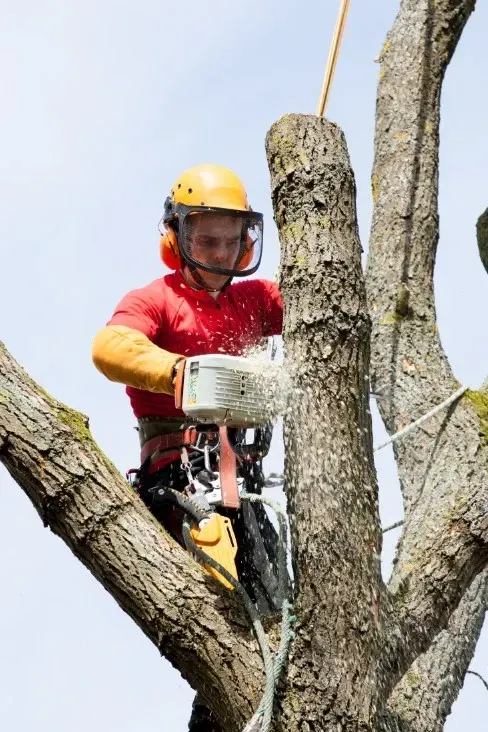
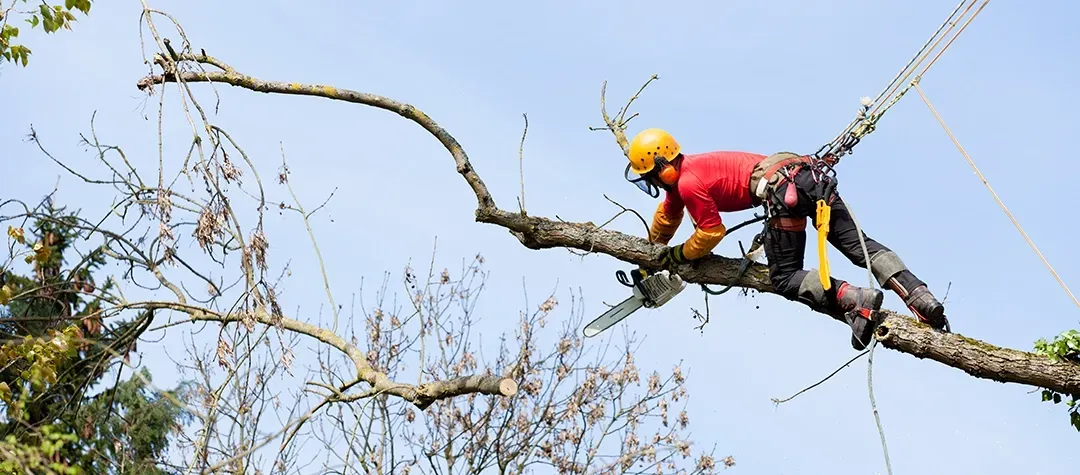
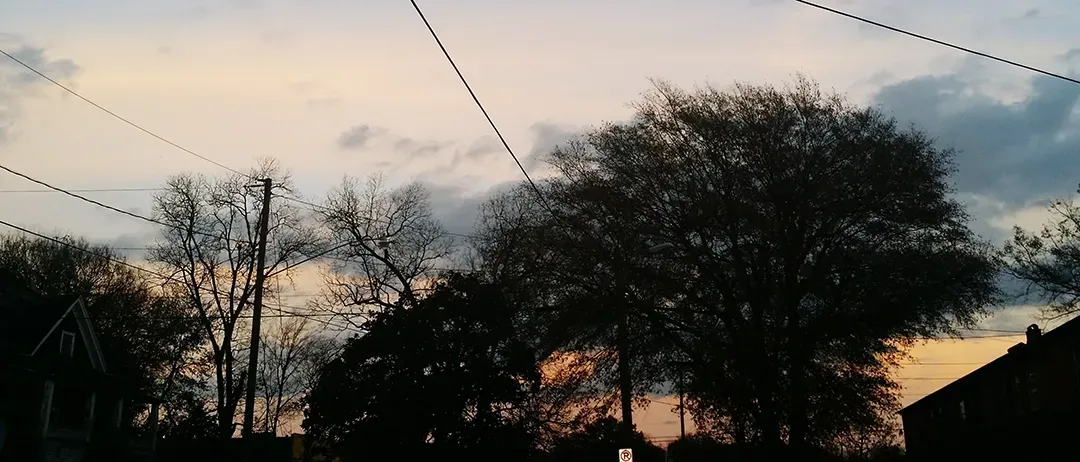
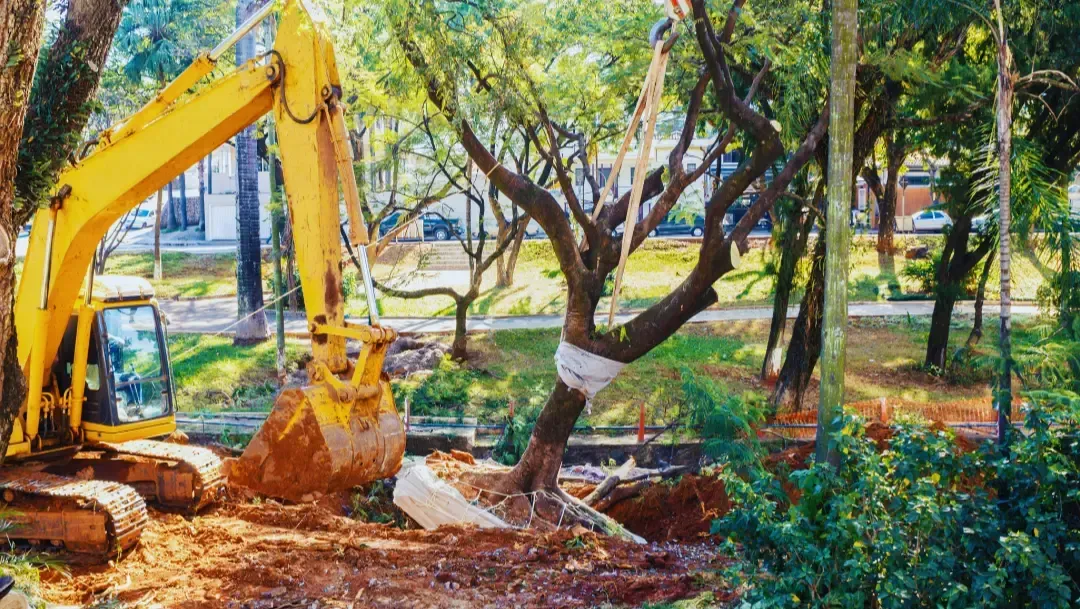
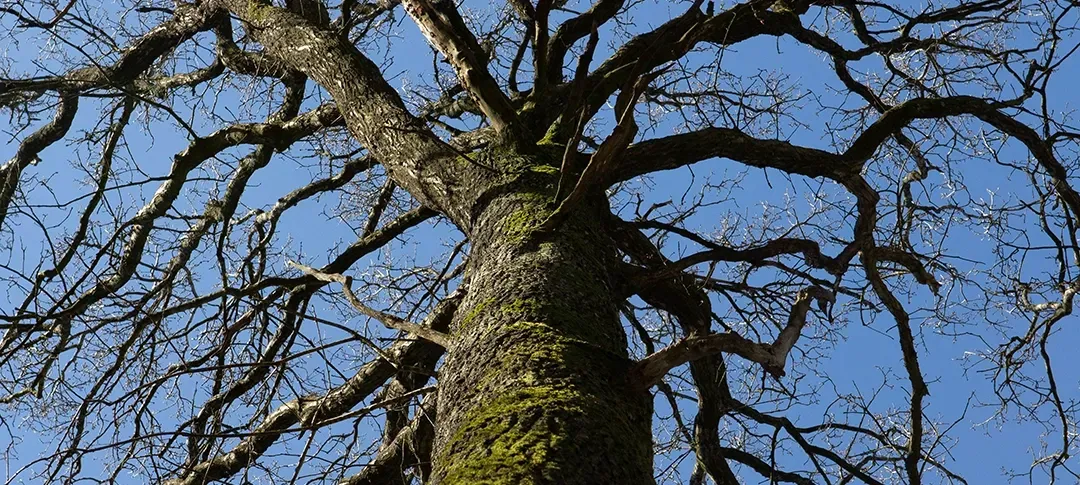
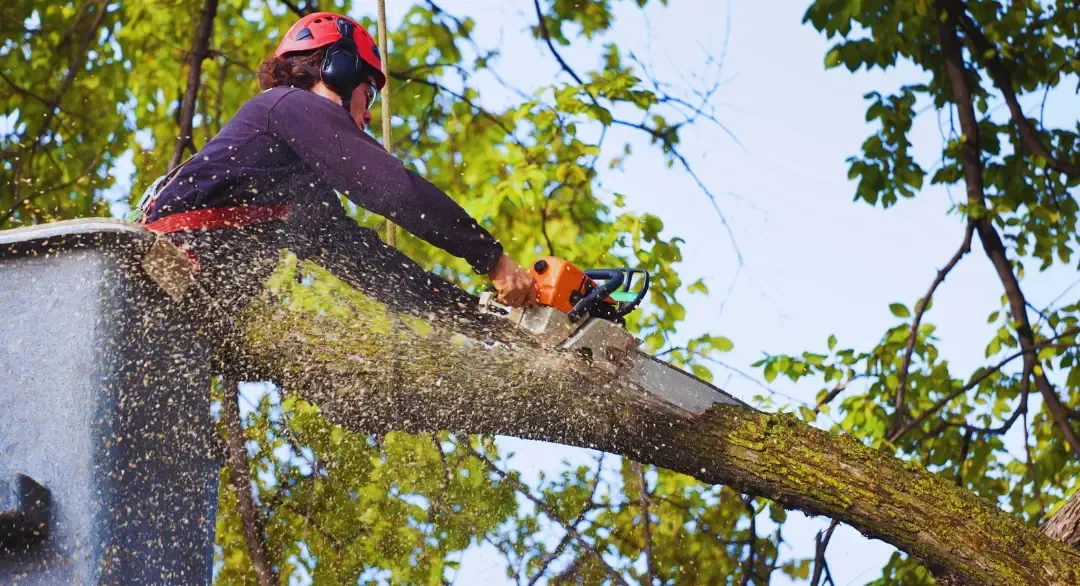
BUSINESS INFO
Business Address
Perfection Tree Specialist
- Claremont, CA
- Covina, CA
- Duarte, CA
- Glendora, CA
- La Verna, CA
Business Hours
- Monday : 7:00AM – 8:00PM
- Tuesday : 7:00AM – 8:00PM
- Wednesday : 7:00AM – 8:00PM
- Thursday : 7:00AM – 8:00PM
- Friday : 7:00AM – 8:00PM
- Saturday : 7:00AM – 8:00PM
- Sunday : 7:00AM – 8:00PM
Our company
At Perfection Tree Specialist, we take immense pride in our superior craftsmanship and unwavering commitment to your satisfaction. Our highly trained tree care professionals are equipped to handle even the most complex tree care tasks with precision and expertise. Every service we offer comes with a 100% satisfaction guarantee, reinforcing our dedication to exceeding your expectations. Your trust in Tree Service Specialist is paramount, and we're here to provide the exceptional tree care your property deserves. Discover why we're a trusted name in tree services today.
